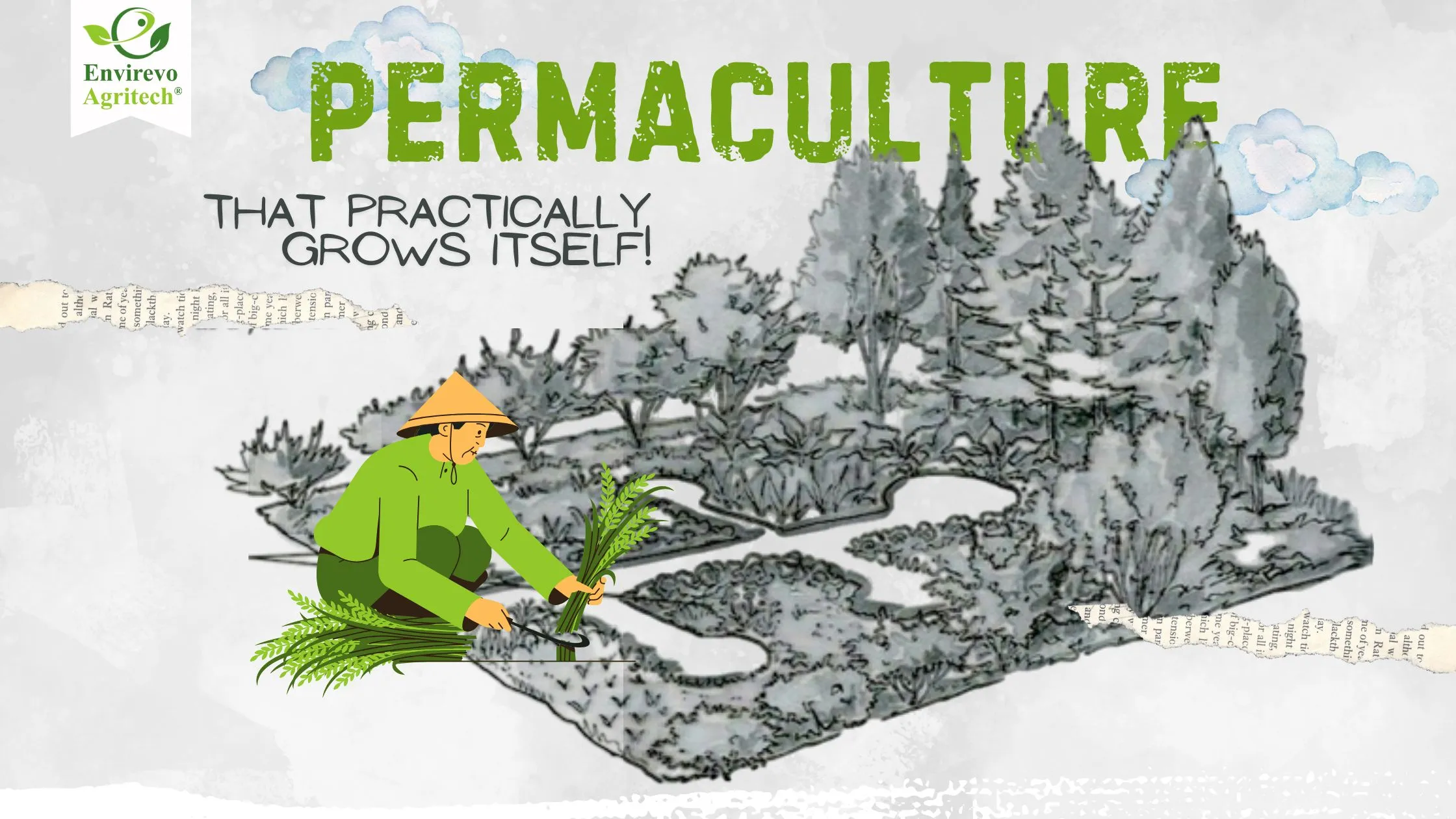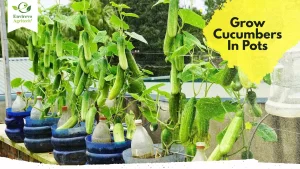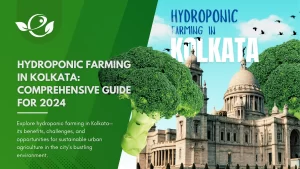Table of Contents
In a time when climate change, soil degradation, and food insecurity are knocking louder than ever, permaculture offers a revolutionary approach to gardening and farming. But this isn’t just about growing plants—it’s about designing your life around nature’s rhythms to build something that’s not only productive but truly regenerative. Whether you have a sprawling farm or a small city balcony, permaculture principles can help you turn your space into a lush, self-sustaining haven with minimal effort and zero waste.
This isn’t just a gardening trend—it’s a movement. In this in-depth guide, we’ll take you from the roots of permaculture to real-life success stories that prove just how powerful this method can be. So, if you’re ready to ditch the chemicals, cut down on effort, and grow a healthier planet right from your backyard, keep reading. The permaculture revolution starts here.
What Is Permaculture?
Permaculture is a design system for creating sustainable and self-sufficient habitats by mimicking the patterns and relationships found in nature. Originally coined in the 1970s by Australian ecologists Bill Mollison and David Holmgren, the term combines “permanent agriculture” and “permanent culture.”
At its core, permaculture is not just about growing food; it’s a philosophy and practical method of designing systems that support human needs (like food, shelter, and community) while regenerating and preserving the natural environment.
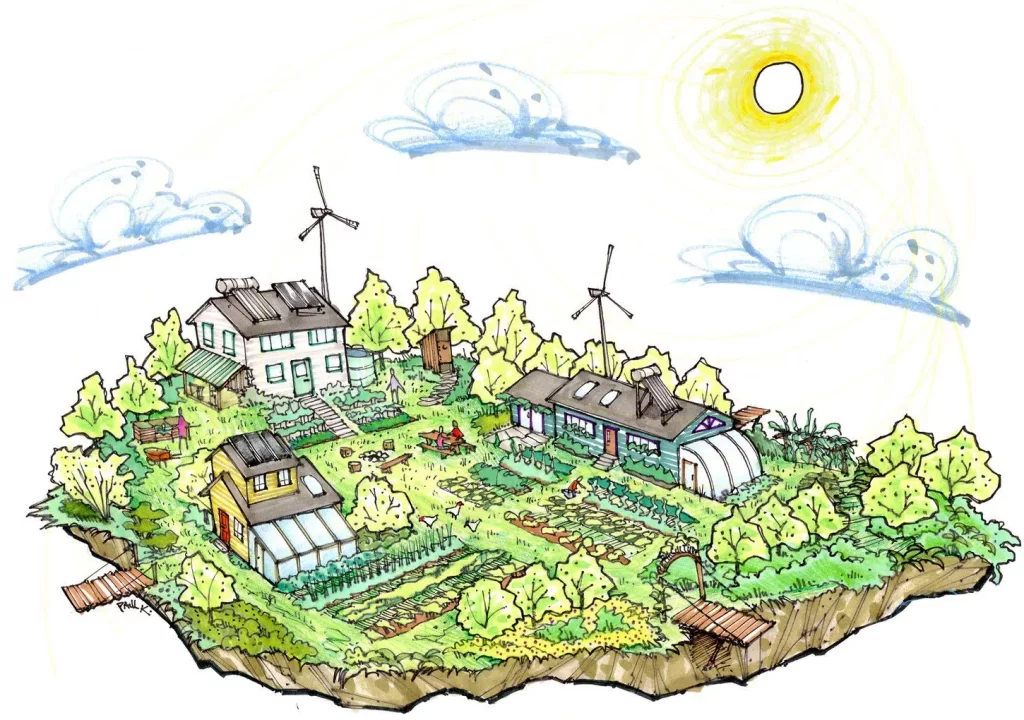
Permaculture systems integrate land, resources, people, and the environment through mutually beneficial synergies — imitating the no-waste, closed-loop systems seen in natural ecosystems. It’s about working with nature rather than imposing artificial order upon it.
The Origins of Permaculture

Permaculture’s roots lie in deep observation of natural systems and the indigenous practices that have sustained human populations for millennia. In the 1970s, Bill Mollison and David Holmgren formalized the practice after recognizing the environmental degradation caused by industrial agriculture.
Their work synthesized ecological science, organic farming, agroforestry, and systems thinking into a coherent framework that could be applied on a personal, local, or global scale. As the practice evolved, it moved beyond just food production to encompass water management, housing, energy systems, and even social structures.
Today, permaculture is practiced worldwide by farmers, urban gardeners, community organizations, and eco-villages as a path toward resilience and sustainability.
The Three Ethics of Permaculture
Permaculture is grounded in three core ethics that guide all its practices:
- Earth Care: Respect for the natural world. This involves regenerating ecosystems, protecting biodiversity, conserving water, and building soil health.
- People Care: Ensuring that all individuals have access to the resources necessary for survival, health, and well-being. This includes education, food, shelter, and community.
- Fair Share (Return of Surplus): Redistributing surplus (such as produce, resources, or knowledge) to support the other two ethics. It also involves limiting consumption and recognizing ecological limits.
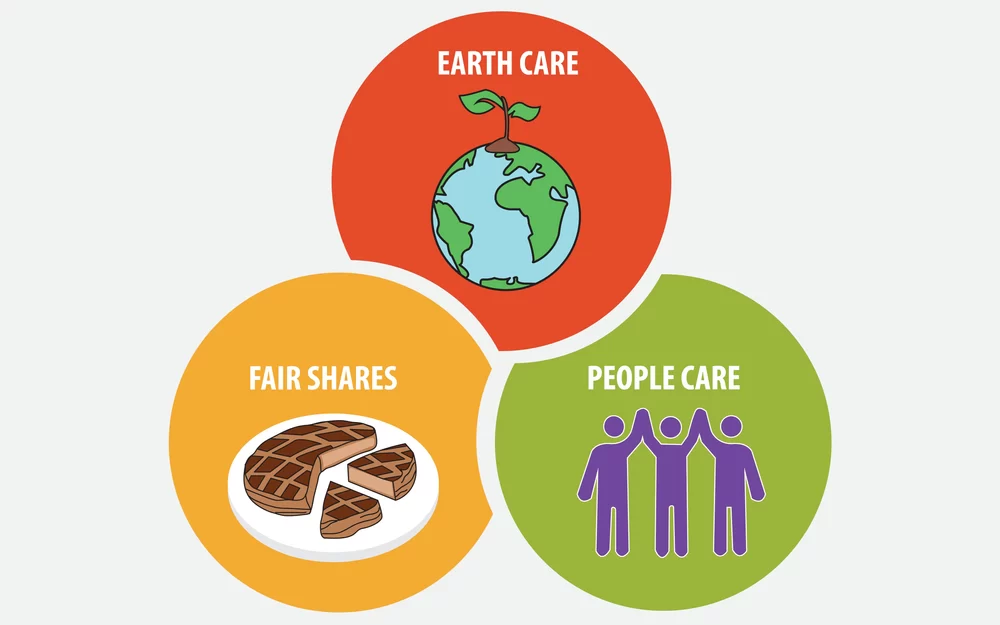
These three ethics are the moral compass of permaculture design, ensuring that every decision made benefits both humans and the environment.
The 12 Principles of Permaculture Design
Developed by David Holmgren, the 12 principles of permaculture provide a practical toolkit for applying permaculture ethics to real-world scenarios. Each principle encourages us to think critically about how we interact with the environment:
- Observe and Interact: Spend time watching and understanding your environment before acting.
- Catch and Store Energy: Harness natural energy flows (like sunlight and rain) to reduce dependency on external inputs.
- Obtain a Yield: Design systems that produce food, energy, or other benefits.
- Apply Self-Regulation and Accept Feedback: Continuously monitor and adjust your systems.
- Use and Value Renewable Resources and Services: Minimize the use of non-renewables.
- Produce No Waste: Emulate nature’s closed-loop systems where all outputs become inputs.
- Design from Patterns to Details: Look at the big picture first, then refine specifics.
- Integrate Rather Than Segregate: Foster beneficial relationships between system components.
- Use Small and Slow Solutions: Favor manageable, sustainable, and scalable changes.
- Use and Value Diversity: Diversity builds resilience.
- Use Edges and Value the Marginal: Productive opportunities often lie in transition zones.
- Creatively Use and Respond to Change: Be adaptable and proactive in the face of change.
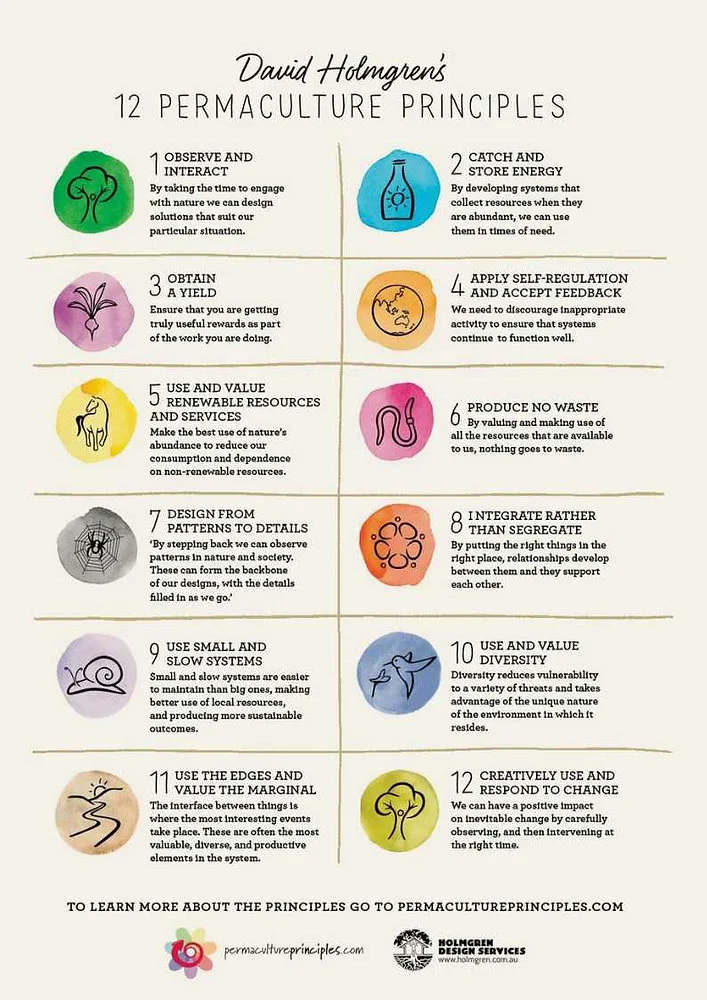
These principles are not rigid rules but guiding ideas that can be adapted to any situation, from a small balcony garden to a full-scale farm.
The Benefits of Permaculture in Your Garden
| Category | Benefits |
|---|---|
| Environmental |
|
| Social |
|
How to Start a Permaculture Garden: A Step-by-Step Guide
Starting a permaculture garden may seem overwhelming, but breaking it into manageable steps makes it doable and even enjoyable.
- Step 1: Observe Your Site: Before planting anything, spend time observing:
- Sunlight patterns: Where does the sun hit during different times of the day/year?
- Water flow: Where does water collect or run off?
- Soil type: Is it sandy, clay, or loamy?
- Microclimates: Identify warmer or cooler areas.
Document your observations and use them to make informed decisions.
- Step 2: Design Using Zones and Sectors: Permaculture design uses zones (from 0 to 5) to organize activities based on frequency of use:
- Zone 0: Your home.
- Zone 1: Daily-use plants (kitchen herbs, salad greens).
- Zone 2: Less frequently used crops (potatoes, pumpkins).
- Zone 3: Orchards or staple crops.
- Zone 4: Semi-wild areas (foraging, timber).
- Zone 5: Wild nature for observation.
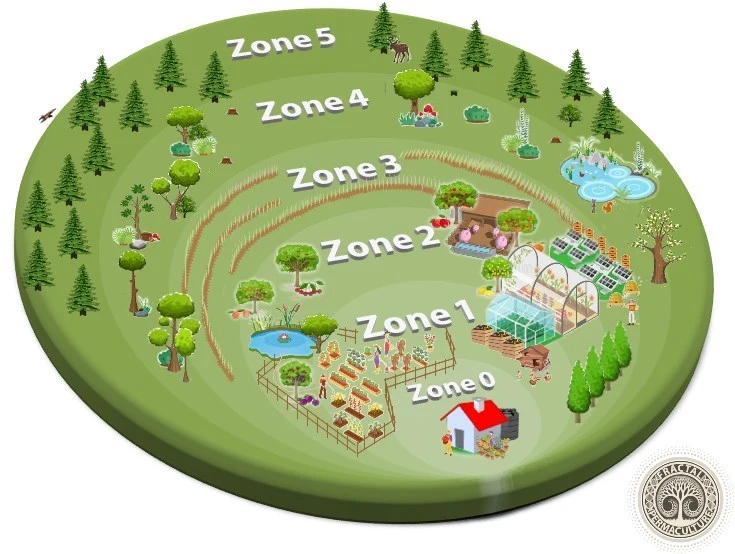
Sectors are external forces like wind, sun, fire risk, and noise. Factor them into your design for optimal function.
- Step 3: Start Small and Build Slowly: Begin with manageable areas, such as a small raised bed or herb spiral. Use natural materials like logs, stones, and compost. Focus on establishing a few systems well before expanding.
- Step 4: Build Healthy Soil: Healthy soil is the foundation of a productive garden. Use compost, vermiculture (worm composting), leaf mulch, and cover crops to enhance fertility.
- Step 5: Harvest Rainwater: Install rain barrels or create swales to slow and capture rainwater. Direct excess runoff to garden beds or storage tanks.
- Step 6: Choose Perennials and Native Plants: Perennials return year after year, saving time and resources. Native plants are adapted to your climate and support local wildlife.
- Step 7: Integrate Animals (Optional): If you have space, chickens, ducks, or rabbits can contribute manure, pest control, and even tilling services. Ensure their needs and impact are balanced with your garden design.
Real-Life Permaculture Examples
1. Sankofa Farms, USA – Permaculture Meets Social Justice
Location: North Carolina, United States
Founder: Kamal Bell
Mission: Educate and empower African-American youth through agriculture.
Sankofa Farms uses permaculture not only for ecological restoration but to address racial and food justice. It’s a working farm and educational center where youth learn regenerative farming, entrepreneurship, and environmental science.
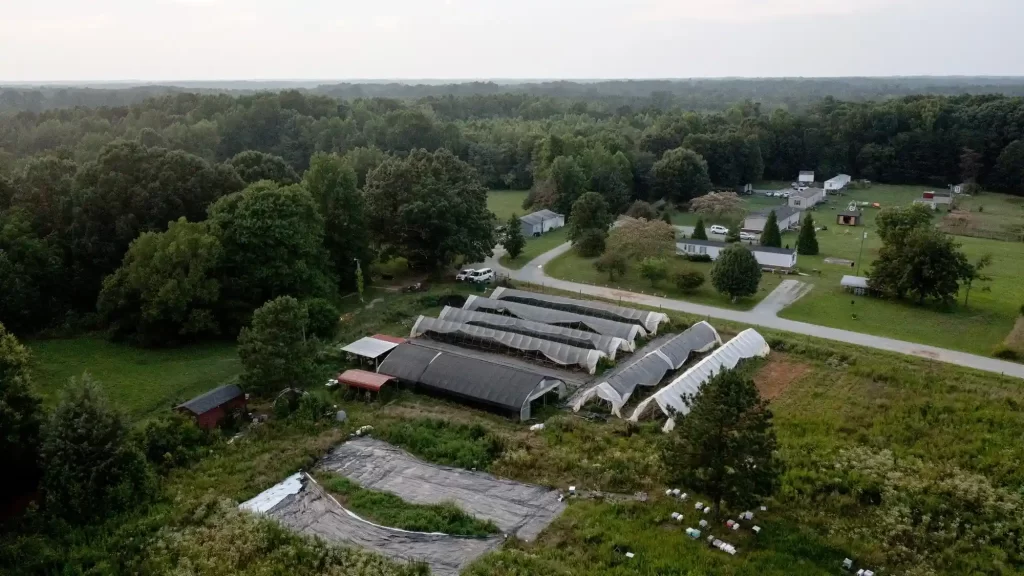
2. Zaytuna Farm, Australia – Geoff Lawton’s Permaculture Masterpiece
Location: New South Wales, Australia
Founder: Geoff Lawton (student of Bill Mollison, co-founder of permaculture)
Zaytuna Farm is one of the most iconic permaculture sites globally. Established on a degraded cattle farm, it was transformed using regenerative design. The site integrates food forests, swales, compost systems, natural buildings, and rotational grazing.
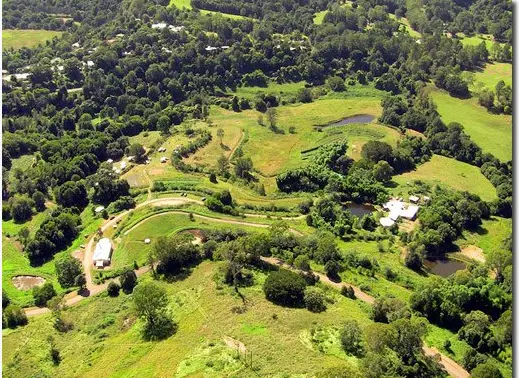
3. The Loess Plateau Restoration, China – From Desert to Oasis
Location: Loess Plateau, China
Initiated by: World Bank and Chinese Government (1994–2005)
Advisory Influence: John D. Liu (Ecologist and Documentary Filmmaker)
This massive ecosystem restoration project focused on the highly eroded and barren Loess Plateau. By applying permaculture ethics and techniques, such as terracing, native vegetation planting, and natural water management, the area has undergone an astounding transformation.
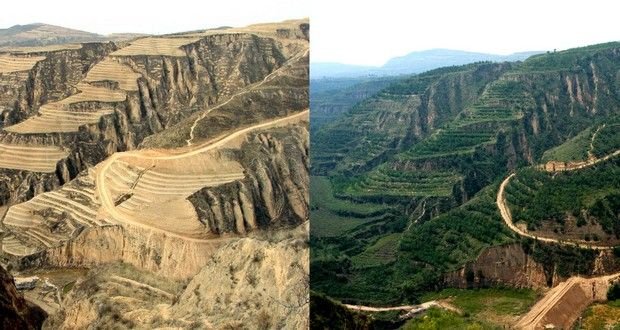
4. Tamera Ecovillage, Portugal
Location: Alentejo, Portugal
Founded: 1995
Vision: Create a self-sufficient, regenerative, and peaceful community.
Tamera applies integrated permaculture design, emphasizing social permaculture alongside food and water systems. It’s known for its work in water retention landscaping, energy independence, and community resilience.
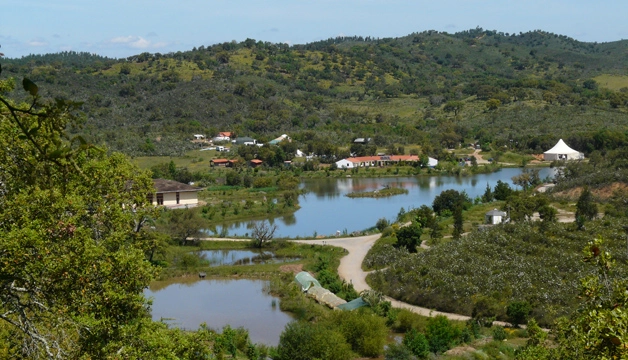
5. Ridgedale Farm, Sweden – Cold Climate Permaculture
Location: Värmland, Sweden
Founded by: Richard Perkins
Focus: Regenerative agriculture, market gardening, and permaculture training
Ridgedale is a leading example of cool-climate permaculture. It integrates pasture-raised livestock, diverse vegetable production, and holistic management to build soil and regenerate land in a challenging Northern European climate.
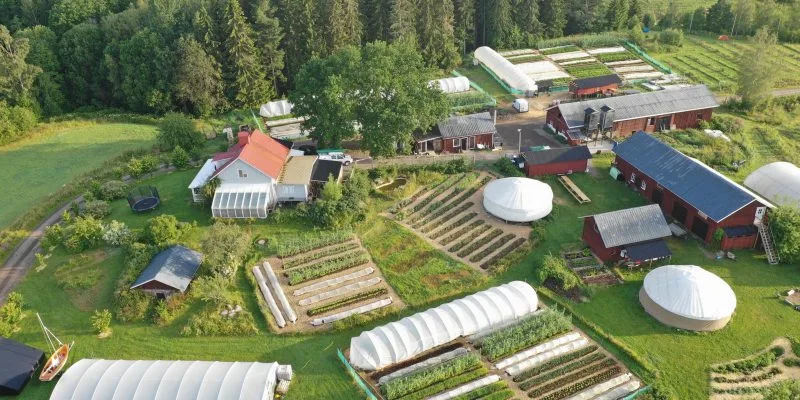
Debunking Common Permaculture Myths
“Permaculture Is Only for Large Farms”
False. Permaculture is scalable and adaptable. Whether you have a windowsill, balcony, backyard, or rural acreage, you can apply its principles.
“It’s Too Complicated for Beginners”
While the design system can be complex, you don’t need to master everything to get started. Begin small with composting or a herb spiral and grow from there.
“Permaculture Means No Work”
Permaculture systems reduce ongoing labor, but they require thoughtful planning and setup. The payoff is a resilient, productive garden with less intervention over time.
Permaculture and Climate Change: A Natural Solution
Permaculture, though primarily recognized as a sustainable agricultural practice, has a profound ability to influence and mitigate climate change. At its core, permaculture works in harmony with nature rather than against it, and by mimicking natural ecosystems, it creates systems that are not only self-sustaining but also regenerative. This regenerative capacity is central to how permaculture can contribute to climate stability.
One of the most significant ways permaculture can impact the climate is through its potential to enhance carbon sequestration. Conventional farming practices, such as monocropping and heavy tillage, deplete soil organic matter and release large quantities of carbon dioxide into the atmosphere. Permaculture, on the other hand, builds soil rather than depleting it. Through techniques like no-dig gardening, composting, mulching, and the integration of perennial plants, carbon is drawn out of the atmosphere and stored in the soil in the form of organic matter. Healthy, living soils become massive carbon sinks, locking in greenhouse gases that would otherwise contribute to global warming.
Additionally, permaculture supports the development of food forests—layered plant systems that replicate the structure and function of natural forests. These systems are rich in biodiversity and require minimal inputs once established. As trees and shrubs grow, they continue to capture and store carbon, regulate temperature through evapotranspiration, and promote rainfall through transpiration. In contrast to deforestation, which is a major driver of climate change, permaculture actively encourages reforestation and afforestation, helping to restore degraded lands and bring balance to local and global ecosystems.
Another way permaculture contributes to climate resilience is through water management. Droughts and floods, exacerbated by climate change, are mitigated in permaculture systems through techniques like swales, ponds, rain gardens, and contour planting. These strategies reduce runoff, increase water infiltration, and recharge groundwater, ensuring that the landscape remains productive even under erratic weather conditions. By increasing the land’s water-holding capacity, permaculture landscapes remain cooler and more stable, buffering the impacts of extreme climate events.
Energy use is another domain where permaculture provides climate-friendly alternatives. Instead of relying on fossil fuel-intensive machinery and synthetic fertilizers, permaculture utilizes manual labor, composting, cover crops, and natural fertilizers like compost tea. This drastically reduces the carbon footprint of food production. Furthermore, many permaculture projects integrate renewable energy sources such as solar panels, wind turbines, and biogas systems, shifting dependence away from non-renewable energy and fostering self-sufficiency.
Perhaps one of the most overlooked but crucial aspects is the social dimension of permaculture. By promoting local food systems, community gardens, and cooperative living, permaculture reduces the dependency on long, energy-intensive supply chains and fosters local economies. This not only reduces greenhouse gas emissions associated with transportation and logistics but also builds stronger, more connected communities capable of collective climate action.
Ultimately, permaculture is not just a method of gardening or farming—it’s a design philosophy rooted in the ethics of earth care, people care, and fair share. When implemented on a larger scale, it has the potential to transform landscapes, regenerate ecosystems, and reverse environmental damage. By addressing the root causes of climate instability—deforestation, soil degradation, carbon emissions, and unsustainable consumption—permaculture offers a holistic, practical, and hopeful path forward in the face of climate change.
That’s It!
Permaculture is more than a method—it’s a mindset, a movement, and a meaningful way to reconnect with nature. By embracing its principles, you’re not just cultivating a garden; you’re nurturing a self-sustaining ecosystem that gives back to the planet. Whether you’re aiming to reduce waste, grow organic food, or make a real impact on climate change, permaculture offers a proven path forward. Start small, think big, and watch how your garden—and your world—thrives in harmony.
